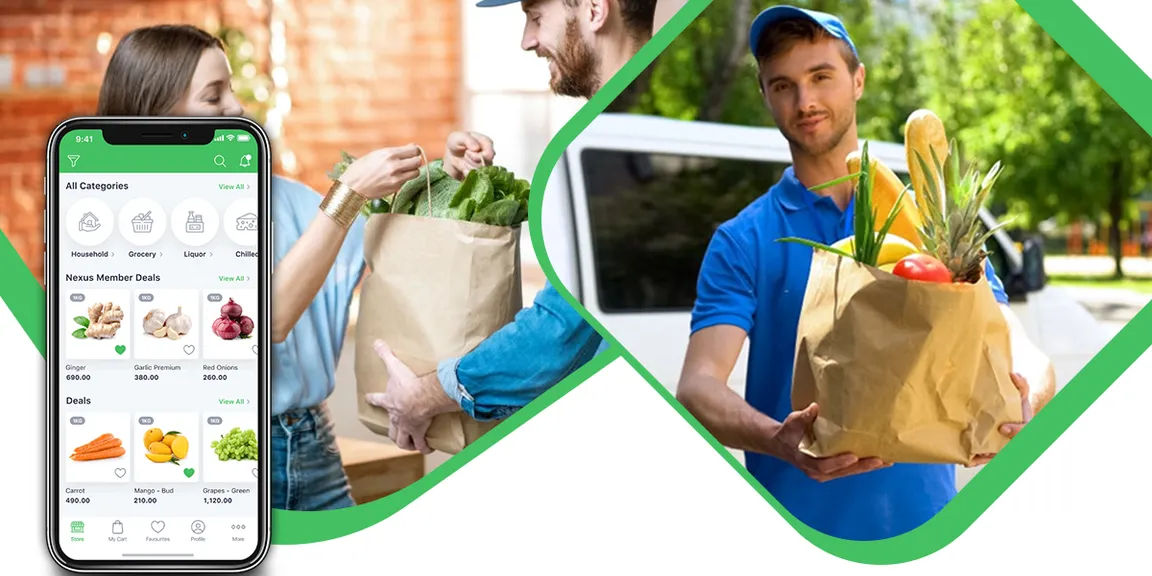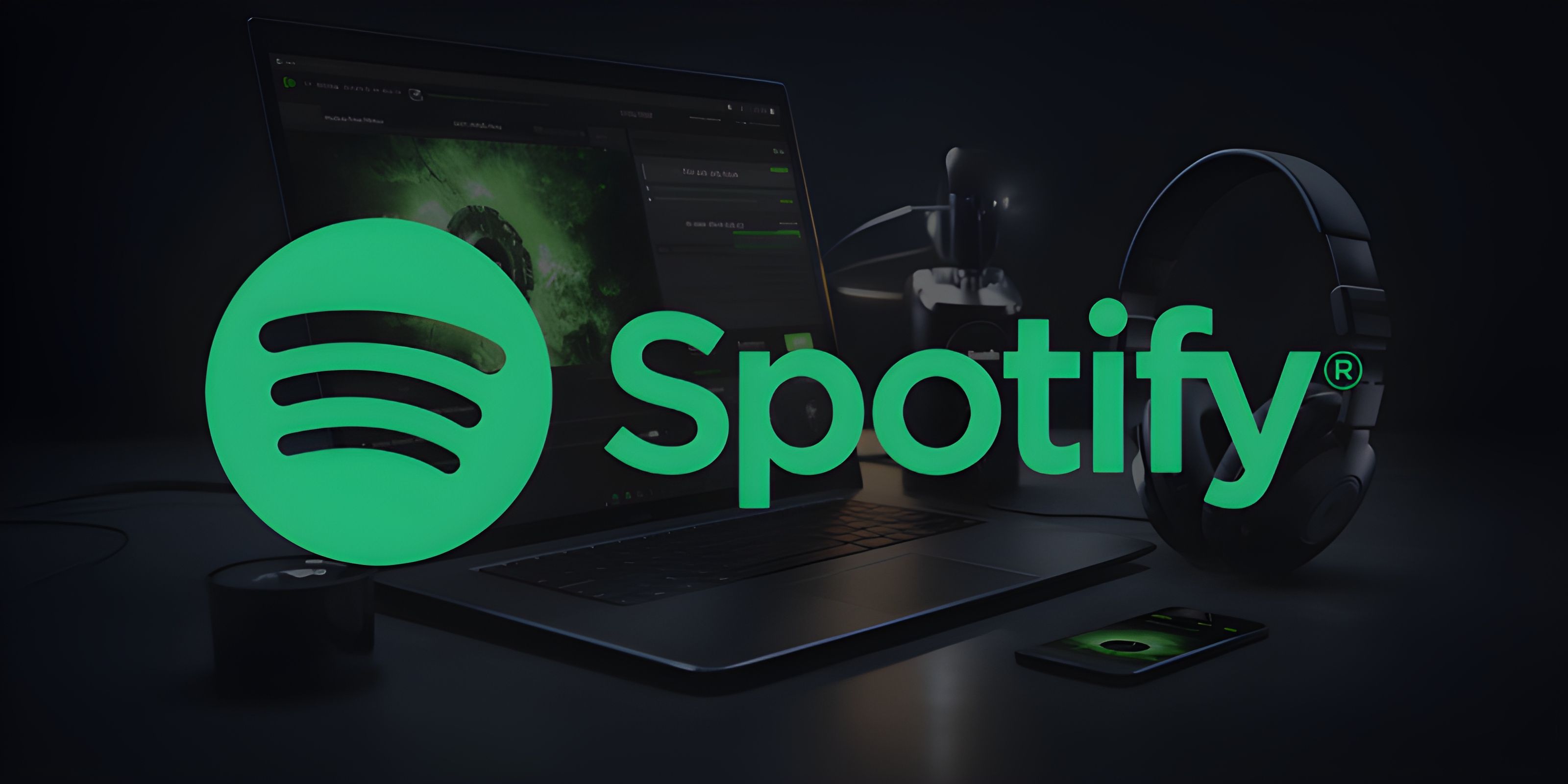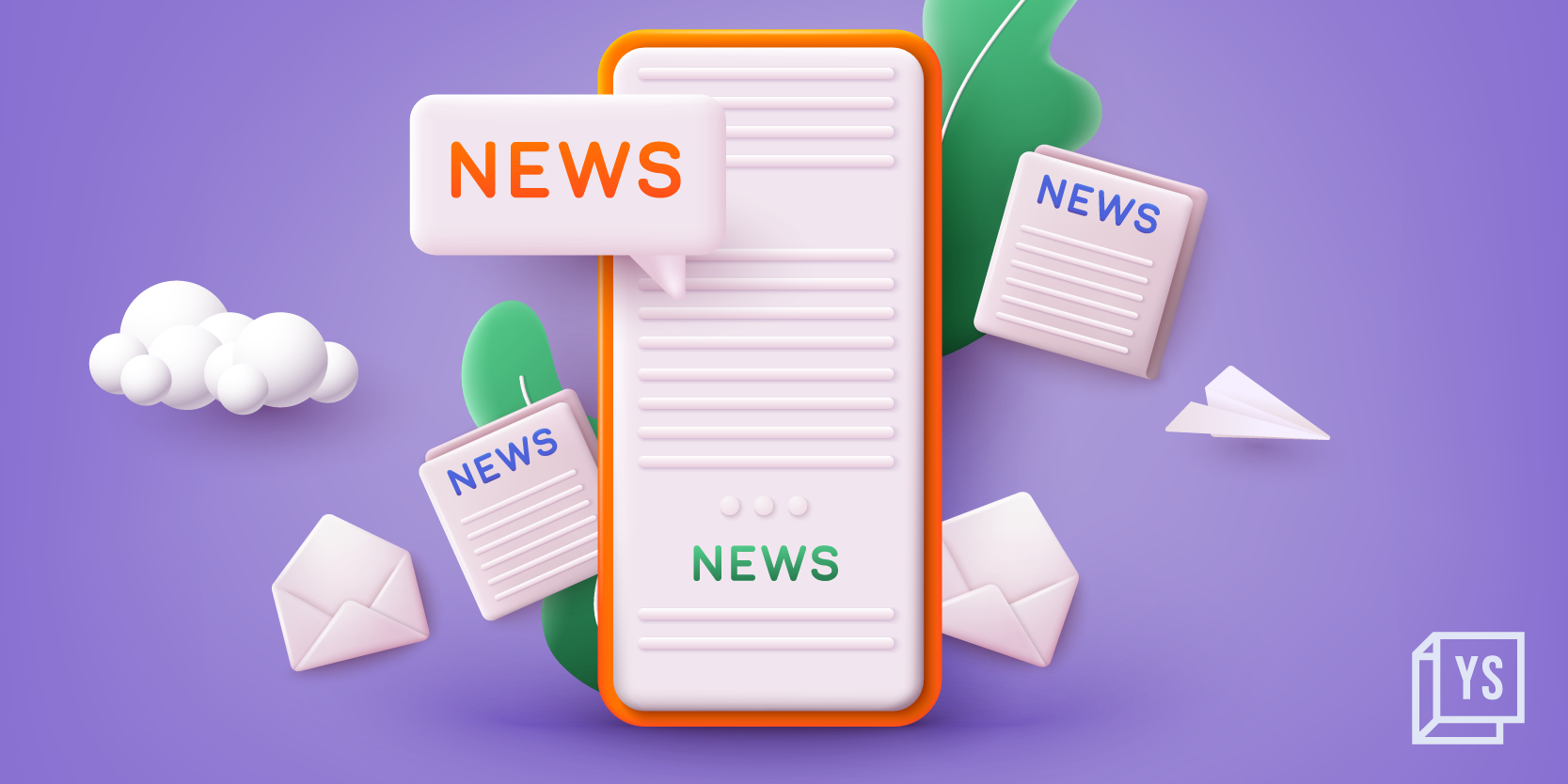

Delivery apps are on demand this quarantine season- How can you develop a grocery delivery app?
According to Alvin Toffler, “Technology is the great growling engine of change.” How apt is this statement? Technologies are revolutionizing how people observe things. Doorstep services have added to the convenience of people. No matter what, people can get their services done. The best example to demonstrate this is the outbreak of the coronavirus pandemic. Governments of various nations have imposed strict lockdowns. People can’t step out of their homes. But guess what, they get their services done through on-demand apps.
Now, how are on-demand apps helping people in need? People needn’t step out of their homes. But they need essential services like food, grocery, medicines, etc. The nation is left with empty streets and depressed minds. Restaurants cannot house people fearing the pandemic. In the wake of panic buying, grocery shops have turned empty too. But, grocery delivery apps are serving groceries to people’s doorsteps. People are relying on these on-demand apps for services. The apps are seeing an unprecedented surge in this quarantine season.
If you are a business owner sighting to invest in this flourishing market, there is no better time than now. In this blog, you’ll get to know the rise of grocery delivery apps, their benefits, and the development process of these on-demand grocery delivery app development solutions.
‘Grocery delivery apps are on the rise this quarantine season.’
Let’s take a look at the surge in grocery delivery apps.
- According to analysts, grocery stores saw their highest revenue for a particular day, which was 87.4% more than year-over-year.
- According to Apptopia, apps like Instacart and Walmart Grocery are a major hit in the market. Their daily download rates skyrocketed by 218%, 160% respectively, in this quarantine season.
- The average grocery purchase through on-demand grocery apps increased by 20% following the pandemic.
- It is estimated that the online delivery business will reach $100 billion by 2022.
- Instacart, an online grocery delivery platform, saw the number of users rise from 200,000 to 350,000.
- The increase in demand for these grocery delivery apps is up by 300% after the outbreak of the pandemic.
With lockdowns continuing to extend further, more people will shift towards these online delivery platforms. A depleting inventory and an increase in the lockdown period will push people to use these on-demand platforms.
‘Grocery delivery apps are greatly beneficial than grocery stores.’
People can enjoy various benefits upon using these grocery delivery apps.
- Convenience: People can sit in the comfort of their homes and shop for their needs. They needn’t wait for hours in front of a grocery store. A few taps on their smartphone can ensure them with services at their doorsteps.
- Timesavers: People can access multiple stores, multiple grocery sections in a single app. This greatly helps them in conserving time. People can add whatever they need into the cart and proceed to checkout.
- Reliability: People needn’t fear if the groceries are available in a particular store. They have access to various stores across the town with the app. Moreover, doorstep deliveries have made these grocery delivery apps reliable to people.
- Efficient buying options: People needn’t fill their car’s gas or travel in a crowded bus. Moreover, they can choose the best prices from a variety of grocery stores available. This greatly helps them save money and time.
In this quarantine season, the benefits of these grocery delivery apps can be experienced extensively. People can avoid going out and can demand doorstep services. These grocery delivery apps are eliminating fears in people’s minds.
‘There are many options to develop a grocery delivery app.’
Technology has provided us varied options to develop an online grocery delivery app. Some of the common types of grocery delivery apps are discussed here,
- Aggregators: In this type, the app bridges the gap between grocery stores and app users. It is the grocery owners’ responsibility to deliver groceries to users. The app lets users select from a diversified range of grocery stores available in the market. The app or the business owner is not responsible for deliveries. Grocery owners who have the option of delivering through their team can choose this type.
- Single Store: In this type, the app showcases different sections of a single store. The store usually equips everything the users need. Grocery owners who need to develop apps for their sales opt for this type.
- Marketplace: In this type, business owners need a separate delivery team. They maintain the supply chain by controlling grocery stores and delivery professionals. Multiple grocery stores are accessed in the app by users. This type is the most common among different types of grocery delivery apps.

‘It is the features that make up an on-demand app.’
Features are paramount in any on-demand app. There are various features to be considered if you are into Instacart app development.
Let’s discuss them here,
Features in a customer app:
- Access multiple stores: Users signing up with the app can access multiple stores across the town. It is ideal for a business owner to tie-up with multiple stores in the locality.
- Search and filter options: Users can instantly search what they are looking for. Moreover, they can filter out different grocery sections in the app.
- Real-time tracking: Upon ordering, users can know the exact status of their order with the real-time tracking facility in the app. They’ll get to the estimated time of delivery as well.
- Payment options: Users can pay via a multitude of payment options, including credit, debit cards, digital wallets, etc. To prevent coronavirus pandemic, grocery delivery apps can temporarily disable the cash on delivery option.
- Ratings and Reviews: Users can rate their shopping experience on a scale of 1-5 and can provide feedback regarding the same.
Features in a grocery store app:
- Organize inventory: Grocery stores can organize their inventory displayed in the app with this feature. They can update the availability of different groceries in the app.
- Availability toggle: Grocery stores can toggle between their availability with this feature. They can turn on this feature whenever they are ready to take orders from users.
- In-app chat/call: Grocery store owners can communicate with delivery professionals and users instantly with this feature. They can make a call or chat with them.
- In-app navigation: With this feature, grocery store owners know the exact arrival of delivery professionals. They can get the order ready according to the estimated time of arrival.
Features of the delivery professional app:
- Availability status: Just like the grocery store owners, delivery professionals can toggle between their availability. This provides them the opportunity to serve during their free hours.
- Accept/Decline order requests: Delivery professionals can accept/decline order requests based on their interests and availability.
- Status updates: Delivery professionals can notify the status of the delivery to grocery owners as well as users.
In a nutshell,
The rise of grocery delivery apps is visible in this quarantine season. People, confined to their homes, demand doorstep grocery deliveries. The benefits of these grocery delivery apps add to their demand in the market. There are multiple business models involved in grocery app development solutions. Integrating advanced features to your grocery delivery app can increase the scalability of the app in the market. In tough times like these, people demand your services. You can add to your revenue and serve people in need.




